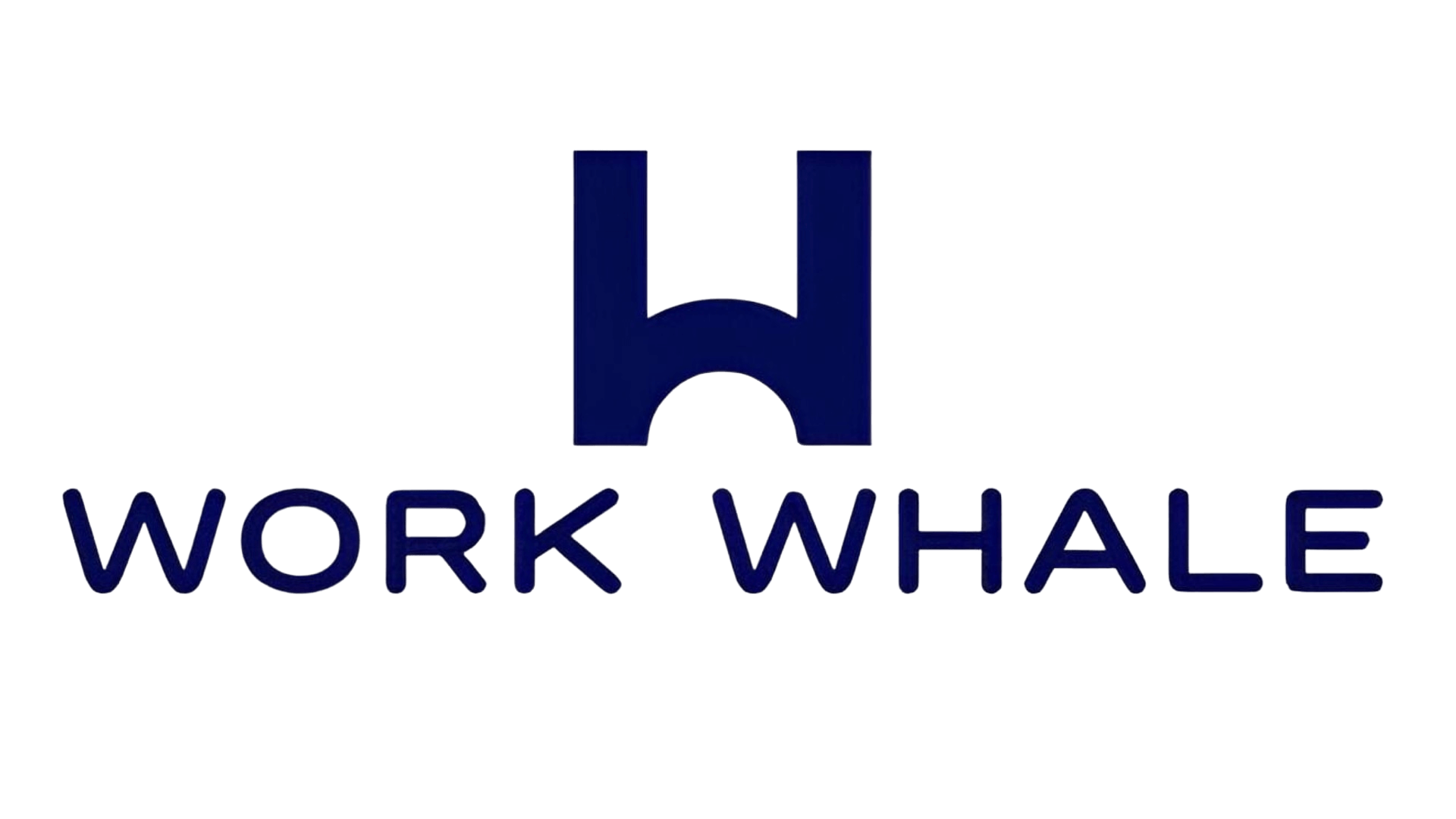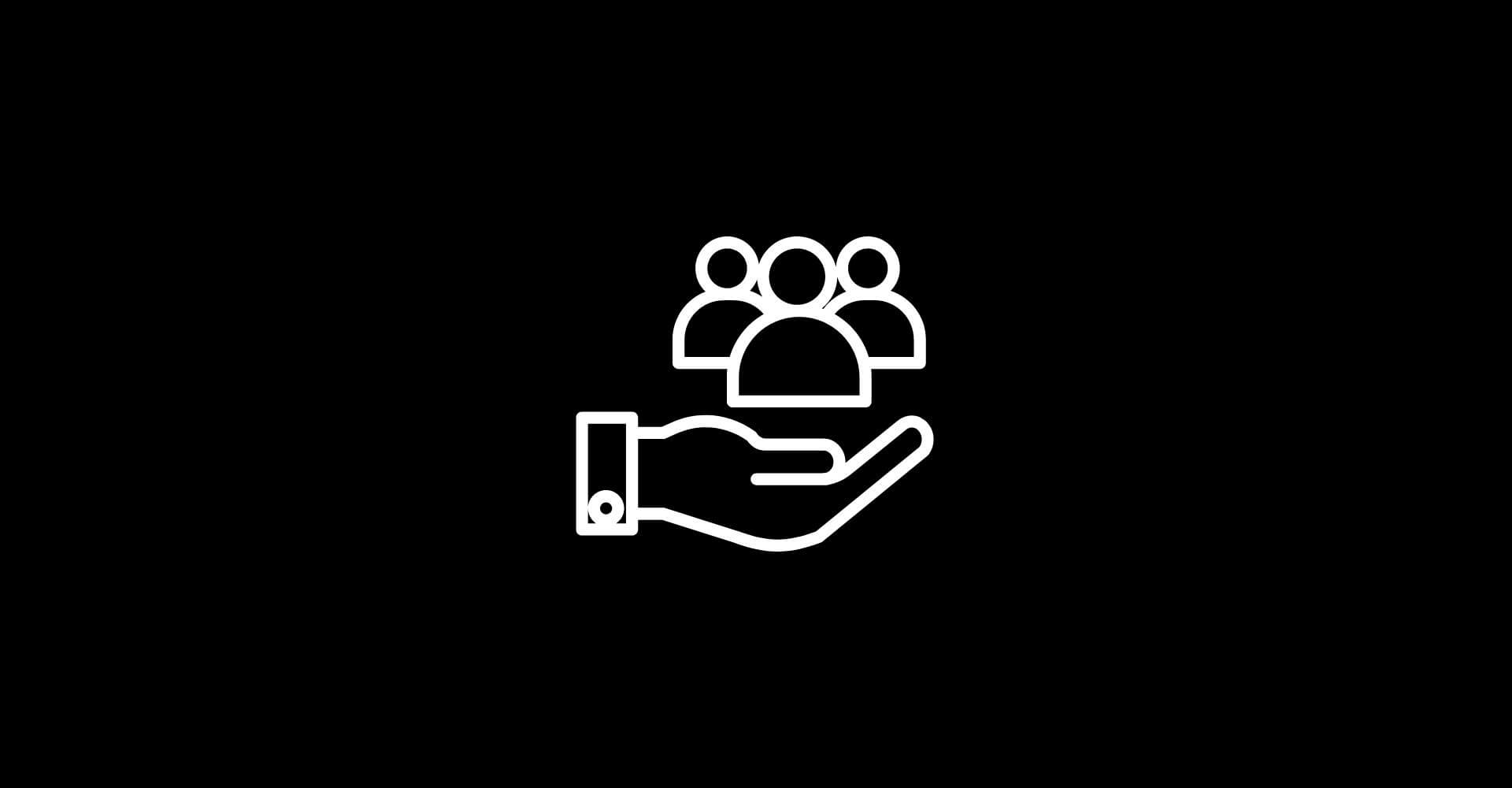The .NET framework, developed by Microsoft, is a versatile and powerful tool for building a wide range of applications, from web and mobile applications to desktop and enterprise-level solutions. As the demand for .NET developers continues to grow, many aspiring programmers are eager to learn how to become proficient in this technology. This guide will provide a detailed roadmap to help you embark on your journey to becoming a .NET developer.
Step 1: Understand the Basics of Programming
Before diving into .NET, it’s essential to have a solid foundation in basic programming concepts. Familiarize yourself with:
- Programming Languages: Learn a language such as C# or VB.NET, which are commonly used with .NET.
- Data Structures and Algorithms: Understanding how to manipulate data efficiently is crucial for any developer.
- Object-Oriented Programming (OOP): .NET is heavily based on OOP principles, so grasping concepts like classes, objects, inheritance, and polymorphism is vital.
Step 2: Learn the .NET Framework
The .NET framework is vast, so start with the core components:
- Common Language Runtime (CLR): Understand how the CLR executes .NET programs.
- Base Class Library (BCL): Get familiar with the extensive library of reusable classes, which provides functionalities such as file reading and writing, data collection manipulation, database interaction, and more.
- ASP.NET: Learn how to develop web applications using ASP.NET MVC or ASP.NET Core.
Step 3: Choose Your Development Environment
Set up your development environment with the necessary tools:
- Visual Studio: This is the primary integrated development environment (IDE) for .NET development. It offers a range of features like code completion, debugging, and project management.
- Visual Studio Code: A lighter, open-source editor that supports .NET development through extensions.
- .NET SDK: Download and install the .NET SDK, which includes the tools and libraries needed to develop .NET applications.
Step 4: Hands-On Practice
Start building projects to apply what you’ve learned:
- Console Applications: Begin with simple console applications to understand the basics of .NET programming.
- Web Applications: Move on to building web applications using ASP.NET MVC or ASP.NET Core.
- Desktop Applications: Explore Windows Forms or WPF for building desktop applications.
Step 5: Explore Advanced Topics
Once you’re comfortable with the basics, delve into more advanced areas:
- Entity Framework: Learn how to work with databases using this powerful Object-Relational Mapping (ORM) framework.
- Microservices: Understand how to build scalable and resilient applications using a microservices architecture.
- Cloud Integration: Familiarize yourself with deploying and managing .NET applications on cloud platforms like Microsoft Azure.
Step 6: Join the .NET Community
Engage with the community to stay updated and get support:
- Forums and Discussion Groups: Participate in forums like Stack Overflow or the official .NET community forums.
- Conferences and Meetups: Attend events such as .NET Conf, local user groups, and meetups to network with other developers.
- Online Courses and Tutorials: Utilize platforms like Pluralsight, Udemy, and Microsoft Learn for structured learning.
Step 7: Build a Portfolio
Showcase your skills by creating a portfolio of your projects:
- GitHub: Host your projects on GitHub to demonstrate your coding skills and collaborate with others.
- Personal Website: Create a personal website to display your work and share your learning journey.
Step 8: Apply for Jobs
With a solid understanding of .NET and a portfolio of projects, start applying for jobs:
- Job Boards: Use platforms like LinkedIn, Indeed, and Glassdoor to find job openings.
- Networking: Leverage your network and attend industry events to discover job opportunities.
Step 9: Continuous Learning
Technology evolves rapidly, so continue learning and improving your skills:
- Certifications: Consider obtaining certifications such as the Microsoft Certified: .NET Developer to validate your expertise.
- New Technologies: Stay updated with the latest advancements in .NET and related technologies.
Conclusion
Becoming a .NET developer is a rewarding journey that requires dedication, continuous learning, and hands-on practice. By following the steps outlined in this guide, you can build a strong foundation in .NET development and position yourself for a successful career in this dynamic field. Happy coding!






